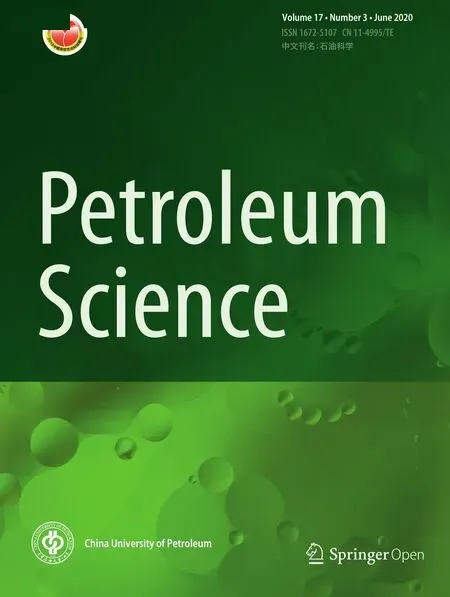Synergistic effect of magnetic field and nanocomposite pour point depressant on the yield stress of waxy model oil
Hui‑Rong Huang · Wei Wang · Ze‑Heng Peng · Kai Li · Yan‑Fen Ding · Wei‑Jie Yu · Dong‑Ying Gan ·Chuan‑Shuo Wang · Yi‑Han Xue · Jing Gong
Abstract Yield stress, as the key parameter to characterize the network strength of waxy oil, is important to the petroleum pipeline safety. Reducing the yield stress of waxy oil is of great signi ficance for flow assurance. In this study, the effect of alternating magnetic field (intensity, frequency) on the yield stress of a waxy model oil with nanocomposite pour point depressant(NPPD) is systematically investigated. An optimum magnetic field intensity and frequency is found for the reduction in yield stress. When adding with NPPD, the heterogeneous nucleation of NPPD contributes to the reduction in yield stress for waxy model oil. Interestingly, the magnetic field is helpful for the modi fication of yield stress at a lower frequency and intensity before the optimal value; however, the modi fication is found to be weakened when the magnetic field is further increased after the optimal value. Possible explanation is proposed that the aggregation morphology of wax crystal would be altered and results in the release of wrapped oil phase from the network structure under the magnetic field.
Keywords Magnetic field · Nanocomposite · Yield stress · Waxy model oil
1 Introduction
Wax components in crude oil result in complex precipitation and crystallization behavior (Bai et al. 2019; Guo et al. 2004;Ganeeva et al. 2016; Hassanzadeh et al. 2018; Li et al. 2018;Lim et al. 2018; Wang et al. 2019; Zhang et al. 2013). In lowtemperature environment (e.g., deep water, polar region),the precipitated wax crystal forms three-dimensional network and may cause serious flow assurance problem such as coagulation, blockage and even rupture during pipeline transportation (Chevallier et al. 2000; Pechook et al. 2016;Visintin et al. 2005). Different chemical and physical methods are considered to modify the crystallization of crude oil(Ashbaugh et al. 2002; Castro and Vazquez 2008; Deshmukh and Bharambe 2008; Yang et al. 2019). Based on copolymerization and chemical grafting, pour point depressant (PPD)such as ethylene–vinyl acetate copolymers (EVA), acrylic acid ester polymers and styrene–maleic anhydride–acrylic acid alcohol ester copolymers (Binks et al. 2015; Castro and Vazquez 2011; Deshmukh and Bharambe 2014; Huang et al.2013; Jun et al. 2010; Li et al. 2012; Liu et al. 2015; Soni et al. 2008; Soni et al. 2010; Xu et al. 2013) are synthesized;however, the fluidity of modi fied crude oil might deteriorate when temperature rises due to its instability (Soni et al.2008).
In recent years, nanoparticle is selected to develop nanocomposite pour point depressant (NPPD) (AlSabagh et al.2016; Gao et al. 2017; He et al. 2016; Huang et al. 2018,2019; Norrman et al. 2016; Song et al. 2016; Tu et al. 2018;Yang et al. 2017; Yao et al. 2018; Zhao et al. 2018). Since the surface effect generated in nanometer dimension, nanoparticle possesses unique physical–chemical properties and has aroused tremendous attention in synthesizing various function materials (Guo et al. 2004; Ganeeva et al. 2016; Li et al. 2018; Lim et al. 2018; Zhang et al. 2013). Research on NPPD’s synthesis and application has been conducted in the modi fication of wax crystallization (AlSabagh et al.2016; He et al. 2016; Huang et al. 2019; Tu et al. 2018).Bene fit from the speci fic lamellar structure and good dispersibility of nanoparticle, NPPD is prepared by blending of organic modi fied montmorillonite layer and different polymers (AlSabagh et al. 2016; Gao et al. 2017; He et al.2016; Huang et al. 2018, 2019), which demonstrates better modi fication compared to traditional PPDs in reducing pour point and bulk phase viscosity. Meanwhile, organic modi fied silica nanoparticle is applied to prepare NPPD which demonstrates obvious improvement in the waxy oil fluidity (Norrman et al. 2016; Song et al. 2016). In addition,the graphene oxide and attapulgite are introduced into the development of NPPD and gained good achievement (Tu et al. 2018; Zhao et al. 2018).
Physical methods, as electrical or magnetic, are widely investigated (Bacri et al. 1995; Du et al. 2018; Martínez-Palou et al. 2011; Ma et al. 2017; Tao et al. 2014). Both the electrical and magnetic treatments can depress the viscosity of waxy crude oil (Martínez-Palou et al. 2011). Under the electric field, it is revealed that the aggregation of suspended crystal particles into chains should be responsible for the weakness of crystal network (Tao et al. 2014). Similarly,the suspended crystal particles aggregate and lead to the decrease in waxy crude oil viscosity when applying a pulsed magnetic field (Rosensweig 1996; Tao and Xu 2006). However, the modi fication effect of magnetic field is selective which is not only related to the properties of crude oil, but also depended on the metal ions (Mn2+, Sr2+, Br−) and water content in crude oil (Gonçalves et al. 2010; Gonçalves et al.2011; Shliomis and Morozov 1994).
With the combination of NPPD and traditional PPD, the synergistic effect of magnetic field and PPDs has rarely been investigated. In the present work, the synergistic modification effect of an alternating magnetic field and a developed NPPD (He et al. 2016; Huang et al. 2018; Huang et al.2019) on waxy model oil is investigated. The yield stress of the waxy model oil is systematically characterized. Parameters as magnetic field intensity, frequency and temperature are considered, which aims to advance the understanding of synergistic modi fication methods in waxy oil fluidity improvement.
2 Experimental materials and methods
The waxy model oil is prepared by dissolving 10 wt%mixed wax (Daqing Refining & Chemical Company)into the solvent oil D80 (ExxonMobil). The viscosity(25 °C) of D80 is 2.09 mm2/s, and density (15 °C) is 0.795 g/cm3. Carbon distribution of oil and mixed wax is provided in Table 1. The NPPD used is developed by melting blending of EVA and montmorillonite, organic modified by hexadecyl trimethyl ammonium bromide(Qin et al. 2005). Details of NPPD used can be found in studies (He et al. 2016; Huang et al. 2018; Huang et al.2019). NPPD is dissolved in diesel solvent at a concentration of 3% (mass fraction) under stirring for 30 min before added into waxy model oil.
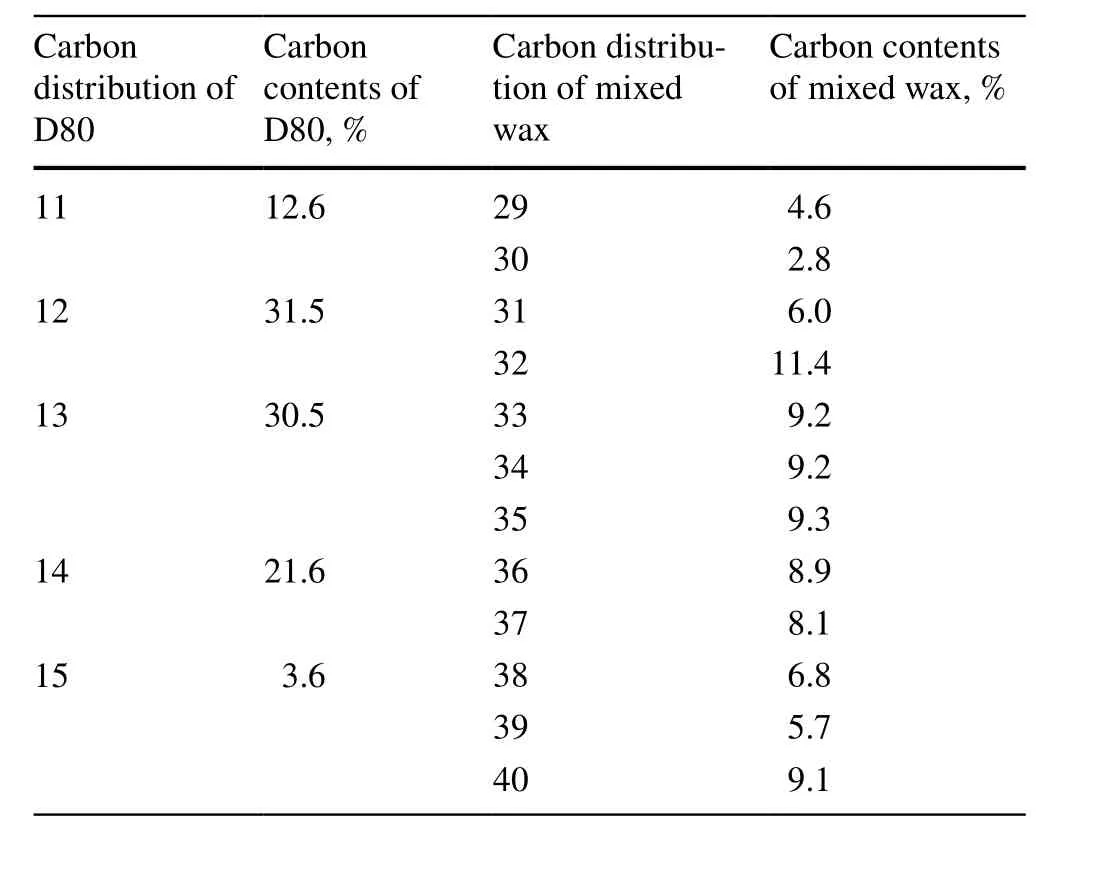
Table 1 Carbon distribution of D80 and mixed wax

Table 2 WAT of undoped/doped (200 mg/kg) waxy model oil
Wax appearance temperature (WAT) of undoped/doped waxy model oil is measured with differential scanning calorimeter (TA2000). The measured WAT is shown in Table 2. Yield stress of waxy model oil under magnetic field is obtained by rheometer (TA, DHR-2). The MR module of rheometer consists of upper and lower cover assembly, and a cylindrical core surrounded by solenoid(Fig. 1). Firstly, heating the waxy model oil to 60 °C and keeping 2 h; then, cooling to set temperature at 0.5 °C/min and keeping for 30 min. Finally, applying shear stress from 0 to 600 Pa at 5 Pa/min under magnetic field and obtaining the stress–strain curves. Crystal morphology of waxy model oil treated with magnetic field (0.3 T, 20 Hz)is observed by microscope (BX51) at 15 °C.

Fig. 1 MR module of rheometer, a structure diagram of MR module (TA Instruments-Waters LLC 2015), b schematic diagram of MR module
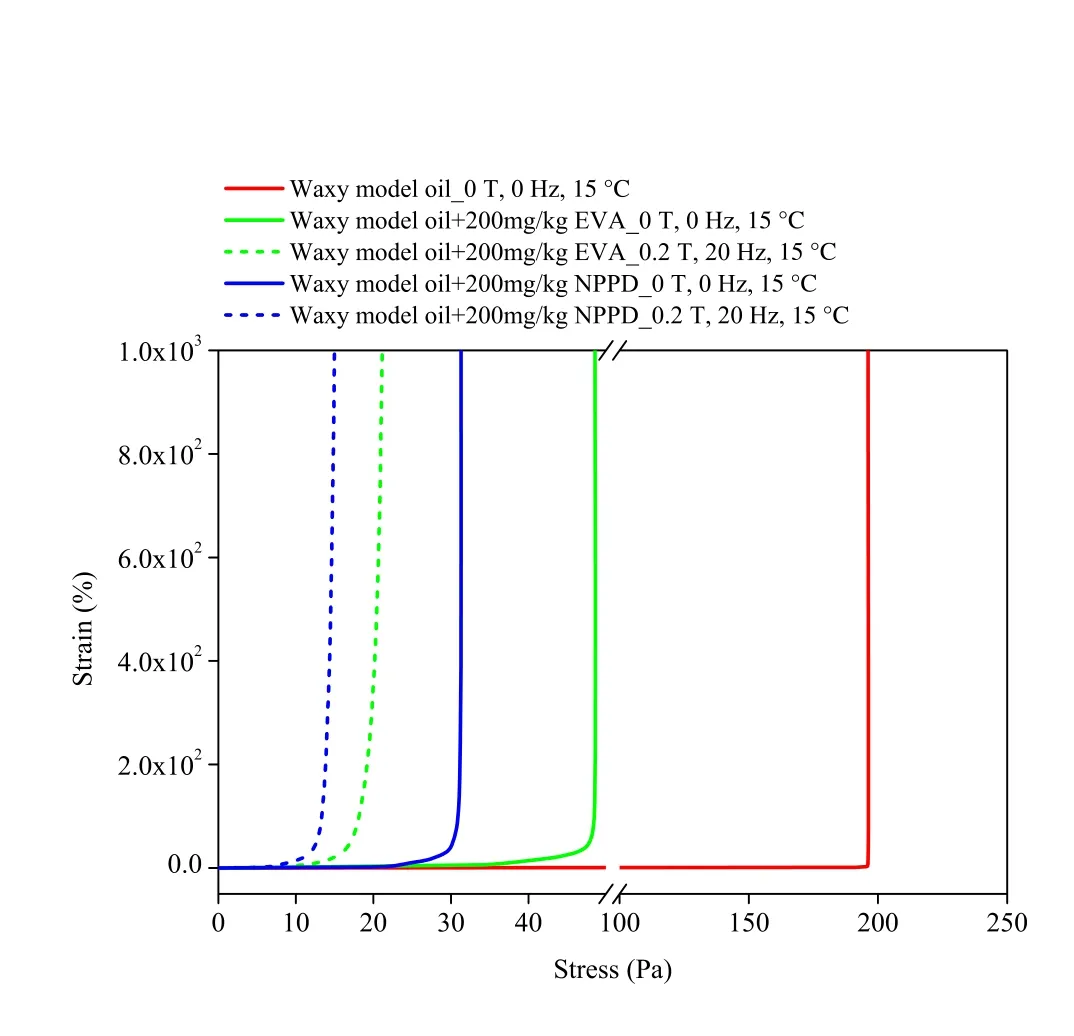
Fig. 2 Synergistic effect of magnetic field (0.2 T, 20 Hz) and EVA/NPPD (200 mg/kg) on the yield stress of waxy model oil (15 °C)

Fig. 3 Yield stress curves of undoped waxy model oil under magnetic field at different temperatures (15, 20, 25 °C)
3 Results and discussion
To gain better understanding on the synergistic effect, an alternating magnetic field is applied to the NPPD-doped and EVA-doped waxy model oil. For example, combined with magnetic field (0.2 T, 20 Hz), the yield stress further decreases from 46 to 19 Pa (EVA doped) and 30 to 14 Pa(NPPD doped), as shown in Fig. 2. Factors influencing the synergistic modification of magnetic field and NPPD are systematically investigated.
3.1 The synergistic modi fication effect under different temperatures
When the temperature decreases to WAT, wax crystals precipitate and connect with each other. As a key parameter to characterize the strength of crystal network, the yield stress is temperature dependent (Venkatesan et al. 2005).The effect of magnetic field on yield stress under different temperatures is important. An optimized magnetic field in current work (0.3 T, 20 Hz) is applied to the waxy model oil at different temperatures. The results of yield stress are shown in Figs. 3, 4 and 5.

Fig. 4 Yield stress curves of EVA-doped (200 mg/kg) waxy model oil under magnetic field at different temperatures (10, 15, 20 °C)
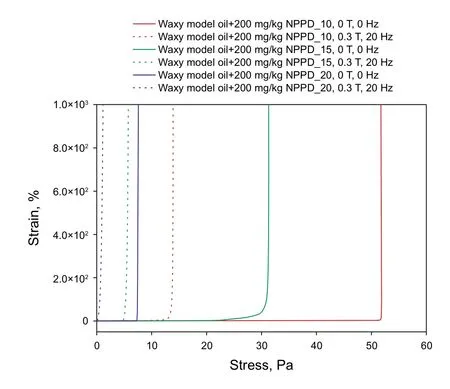
Fig. 5 Yield stress curves of NPPD-doped (200 mg/kg) waxy model oil under magnetic field at different temperatures (10, 15, 20 °C)
For undoped waxy model oil, the yield stress without magnetic field is 196 Pa at 15 °C, while it decreases to 127 Pa (35.2% reduction) under magnetic field (0.3 T,20 Hz), as shown in Fig. 3. At 20 °C, the yield stress without magnetic field is 41 Pa, while the yield stress decreases to 16 Pa (60.9% reduction) under magnetic field. Similar trend is obtained at 25 °C, where the yield stress varies from 24 to 9 Pa (62.5% reduction).
For doped waxy model oil, the yield stress at 20, 15 and 10 °C is selected and compared as shown in Figs. 4 and 5 (25 °C is not demonstrated due to a limited yield stress with PPD). For EVA-doped waxy model oil, the yield stress decreases from 16 to 4 Pa (20 °C), 46 to 8 Pa (15 °C), 102 to 23 Pa (10 °C) under magnetic field (0.3 T, 20 Hz) in Fig. 4. The reduction in yield stress under magnetic field is 75% (20 °C), 82.6% (15 °C), 77.4% (10 °C) under magnetic field. Similar effect is found in NPPD-doped waxy model oil; the yield stress decreases from 7 to 1 Pa (20 °C), 30 to 5 Pa (15 °C), 50 to 14 Pa (10 °C) under magnetic field(0.3 T, 20 Hz) in Fig. 5. The reduction in yield stress is 85.7% (20 °C), 83.3% (15 °C), 72% (10 °C) under magnetic field, as shown in Table 3.
The yield stress and its reduction are further compared at 15 °C. It is found that the reduction in yield stress is 35.2% (196 to 127 Pa) for undoped waxy model oil. However, with synergistic modi fication of NPPD or EVA and magnetic field, the reduction in yield stress is 83.3% (30to 5 Pa) for NPPD-doped and 82.6% (46 to 8 Pa) for EVA-doped waxy model oil. The synergistic effect of magnetic field and NPPD is obviously compared to magnetic field alone. Furthermore, the synergistic effect under different magnetic intensities and frequencies is further investigated in Sects. 3.2 and 3.3.
3.2 The effect of magnetic intensity on synergistic modi fication
The effect of magnetic field intensity (0–0.5 T) on yield stress of waxy model oil is discussed at the magnetic field frequency of 20 Hz. Based on Table 3, an intermittent temperature is selected for demonstration (undoped oil 20 °C,doped oil 15 °C). For undoped oil (20 °C), the yield stress decreases from 41 to 37 Pa (0.1 T), 28 Pa (0.2 T), 16 Pa(0.3 T) and 5 Pa (0.4 T), respectively. With the intensity further increasing to 0.5 T, the yield stress slightly rebounds to 7 Pa, as shown in Fig. 6.
For EVA-doped oil (200 mg/kg, 15 °C), the yield stress is sensitive to the variation of magnetic field intensity which decreases from 46 to 25 Pa (0.1 T), 19 Pa(0.2 T), 8 Pa (0.3 T) and 5 Pa (0.4 T). Similar trend is obtained that with the intensity increasing to 0.5 T, the yield stress increases to 9 Pa (Fig. 7). For NPPD-doped oil (200 mg/kg, 15 °C), the yield stress decreases from 30 to 27 Pa(0.1 T), 14 Pa (0.2 T) and 5 Pa (0.3 T). When the magnetic field intensity increases to 0.4 and 0.5 T, the yield stress rebounds to 16 Pa and 20 Pa (Fig. 8).
Yield stress and its reduction in NPPD-/EVA-doped waxy model oil (200 mg/kg, 20 Hz, 15 °C) is further compared in Fig. 9; it can be gained that the optimal magnetic field intensity in EVA-doped oil is 0.4 T, while it is 0.3 T in NPPD-doped oil.

Table 3 Yield stress of wax model oil under magnetic field (0.3 T, 20 Hz)

Fig. 6 Yield stress curves of undoped waxy model oil under magnetic field (20 Hz, 20 °C) at different intensities (0–0.5 T)

Fig. 7 Yield stress curves of EVA-doped (200 mg/kg) waxy model oil under magnetic field (20 Hz, 15 °C) at different intensities (0–0.5 T)
3.3 The effect of magnetic frequency on synergistic modi fication
The effect of magnetic field frequency (0–50 Hz) on yield stress of waxy model oil is discussed at the magnetic field intensity of 0.3 T. For undoped oil (20 °C), the yield stress decreases from 41 to 29 Pa (5 Hz), 24 Pa (10 Hz), 16 Pa(20 Hz) and 12 Pa (40 Hz), respectively. However, an opposite trend is observed that the yield stress rebounds to 21 Pa with the frequency further increasing to 50 Hz, as shown in Fig. 10.
For EVA-doped oil (200 mg/kg, 15 °C), the yield stress decreases from 46 to 39 Pa (5 Hz), 15 Pa(10 Hz) and 8 Pa(20 Hz). There is a minimum yield stress of 6 Pa (40 Hz). Then the yield stress increases to 9 Pa with the frequency increasing to 50 Hz (Fig. 11). For NPPD-doped oil (200 mg/kg, 15 °C), the yield stress decreases from 30 to 27 Pa (5 Hz), 24 Pa (10 Hz)and 5 Pa (20 Hz). An opposite trend is observed that the yield stress rebounds and increases to 15 and 25 Pa with the frequency increasing to 40 and 50 Hz (Fig. 12).

Fig. 10 Yield stress curves of undoped waxy model oil under magnetic field (0.3 T, 20 °C) at different frequencies (0–50 Hz)

Fig. 11 Yield stress curves of EVA-doped (200 mg/kg) waxy model oil under magnetic field (0.3 T, 15 °C) at different frequencies(0–50 Hz)
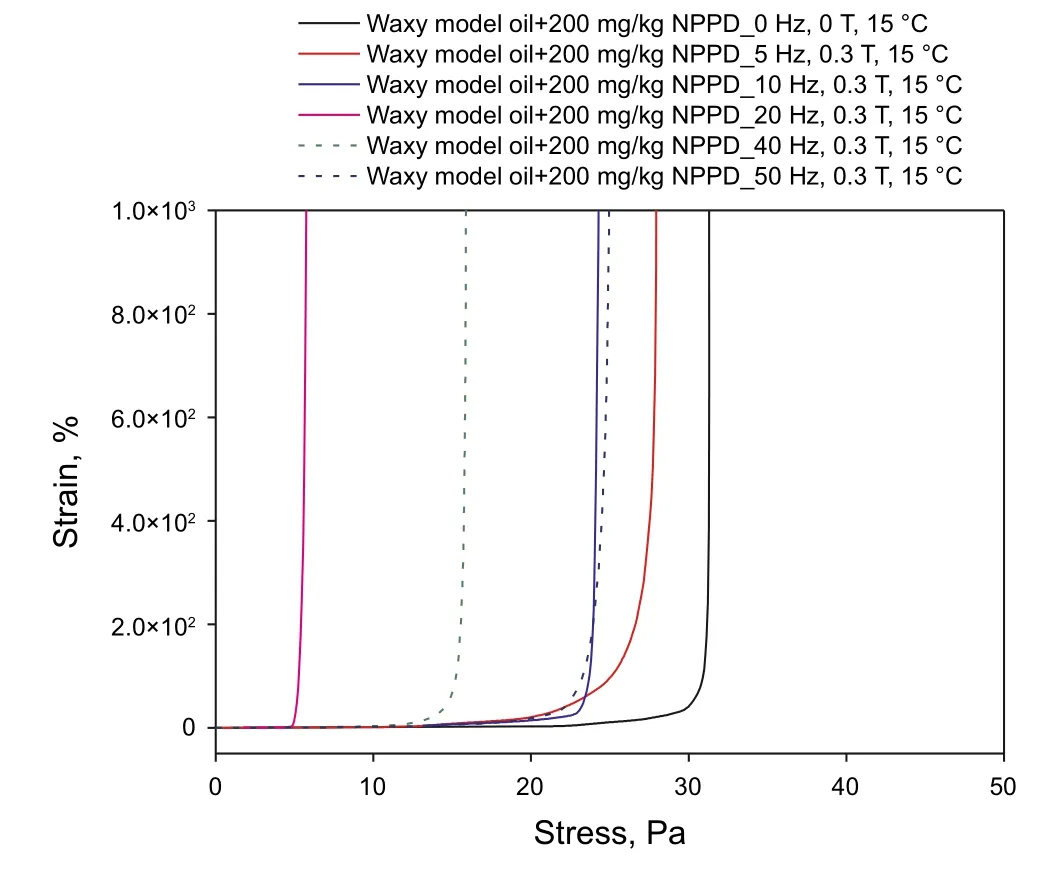
Fig. 12 Yield stress curves of NPPD-doped (200 mg/kg) waxy model oil under magnetic field (0.3 T, 15 °C) at different frequencies(0–50 Hz)
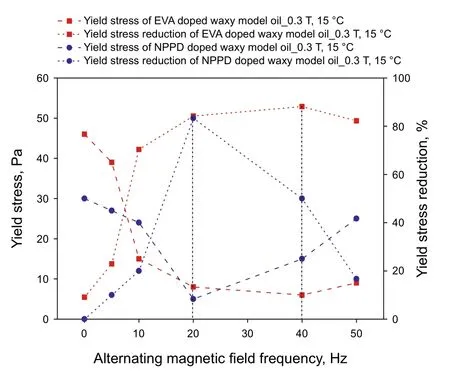
Fig. 13 Yield stress and its reduction in NPPD-/EVA-doped (200 mg/kg) waxy model oil under magnetic field (0.3 T, 15 °C) at different frequencies (0–50 Hz)
Yield stress and its reduction in NPPD-/EVA-doped waxy model oil (200 mg/kg, 0.3 T, 15 °C) is further compared in Fig. 13. It can be gained that the optimal magnetic field frequency in EVA-doped oil is 40 Hz, where the yield reduction is better than other frequencies, while the optimal magnetic field frequency in NPPD-doped oil is 20 Hz (Fig. 13).
Actually, yield stress behavior under different magnetic intensities and frequencies re flects the in fluence of magnetic field on wax crystal’s network. As shown in Fig. 14a, the precipitated wax crystals obviously interacted with each other and formed network structure in undoped waxy model oil; the yield stress is 196 Pa at 15 °C. With the addition of EVA (Fig. 14c) or NPPD (Fig. 14e), co-crystallization in EVA or heterogeneous nucleation in NPPD-doped system (He et al. 2016; Norrman et al. 2016) demonstrates the modi fication of crystal morphology; consequently, the yield stress is reduced to 46 Pa (EVA) and 30 Pa (NPPD) at 15 °C.It is interesting that an aggregation trend of wax crystals is observed after treated with magnetic field, which contributes to the release of liquid oil wrapped between crystal network (Ma et al. 2017; Tao et al. 2014). The change of wax crystal morphology under magnetic field results in a lower yield stress (undoped oil, 196 Pa to 127 Pa; EVA-doped oil,46 Pa to 8 Pa; NPPD-doped oil, 30 Pa to 5 Pa) (AlSabagh et al. 2016). However, when the optimum magnetic field is exceeded, aggregation of wax crystals might reversely strengthen the crystal network. (Fig. 15)
4 Conclusions
The effect of alternating magnetic field (intensity, frequency)on the yield stress of waxy model oil with/without PPDs is investigated. It is found that the optimum magnetic intensity is 0.4 T for EVA-doped oil and is 0.3 T for NPPD-doped oil. Furthermore, for magnetic frequency, the optimal value is 20 Hz for NPPD-doped system, but 40 Hz for EVA-doped system. When the magnetic intensity or frequency is lower than this optimum value, the yield stress reduction is enhanced with the increase in intensity and frequency.However, the modi fication is found to be weakened when the magnetic field is further increased after the optimal value.Under the magnetic field, the aggregation of wax crystals would be altered which could be owed to the variation of yield stress.

Fig. 14 The morphology of undoped/doped waxy model oil with/without magnetic field (0.3 T, 20 Hz)
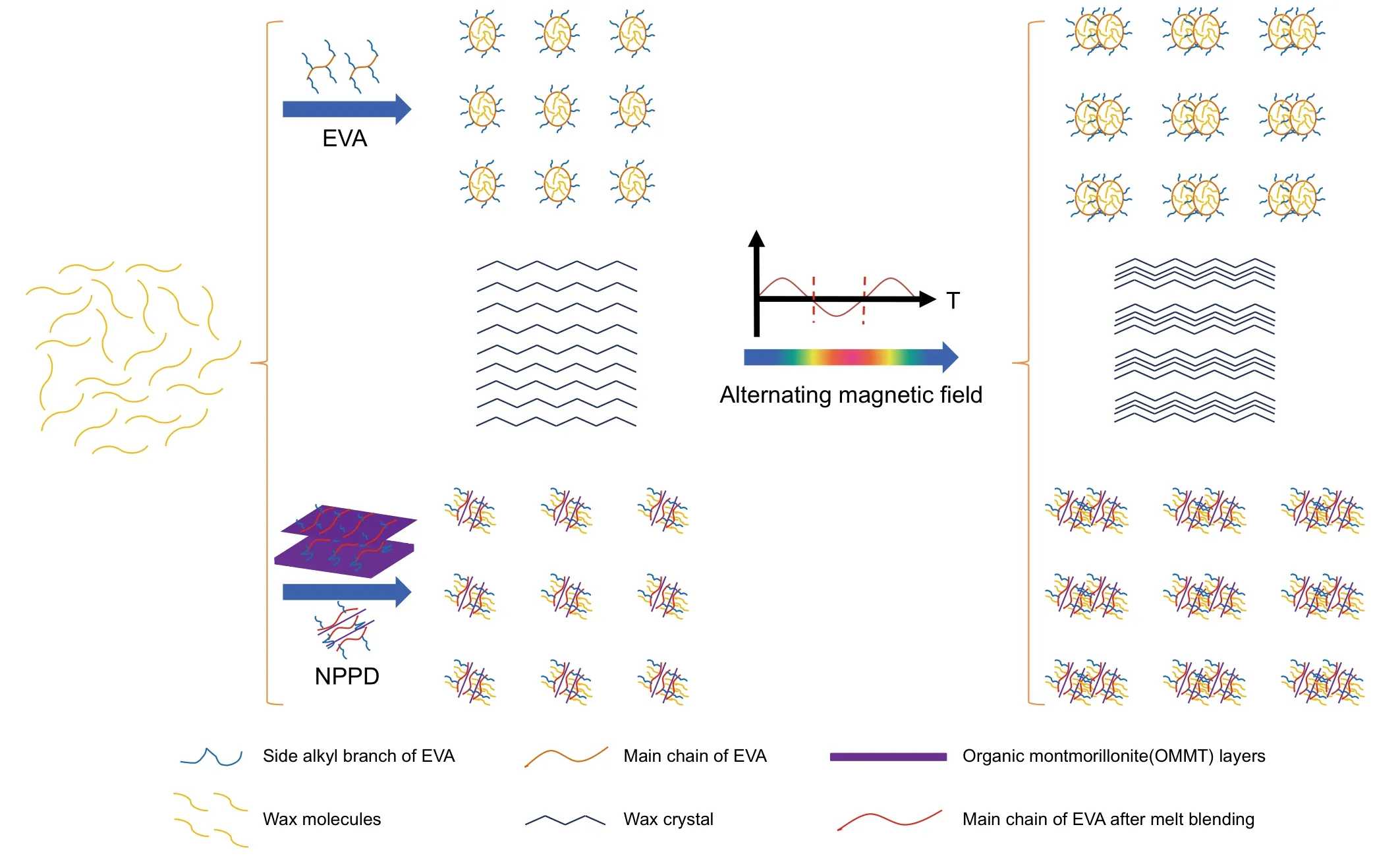
Fig. 15 The schematic diagram of synergistic modi fication
AcknowledgementsThe authors wish to thank the National Natural Science Foundation of China (51774303, 51422406, 51534007), the National Science & Technology Speci fic Project (2016ZX05028-004-001), 111 Project (B18054) and Science Foundation of China University of Petroleum, Beijing (C201602) for providing support for this work.
Compliance with ethical standards
Conflicts of interestThere are no con flicts of interest to declare.
Open AccessThis article is licensed under a Creative Commons Attribution 4.0 International License, which permits use, sharing, adaptation, distribution and reproduction in any medium or format, as long as you give appropriate credit to the original author(s) and the source,provide a link to the Creative Commons licence, and indicate if changes were made. The images or other third party material in this article are included in the article’s Creative Commons licence, unless indicated otherwise in a credit line to the material. If material is not included in the article’s Creative Commons licence and your intended use is not permitted by statutory regulation or exceeds the permitted use, you will need to obtain permission directly from the copyright holder. To view a copy of this licence, visit http://creat iveco mmons.org/licen ses/by/4.0/.
- 石油科学通报的其它文章
- Thermal maturity evaluation using Raman spectroscopy for oil shale samples of USA: comparisons with vitrinite re flectance and pyrolysis methods
- Light hydrocarbon geochemistry: insight into oils/condensatesfamilies and inferred source rocks of the Woodford–Mississippian tight oil play in North‑Central Oklahoma, USA
- Deep‑water depositional architecture and sedimentary evolution in the Rakhine Basin, northeast Bay of Bengal
- A two‑step method to apply Xu–Payne multi‑porosity model to estimate pore type from seismic data for carbonate reservoirs
- Nonlinear amplitude versus angle inversion for transversely isotropic media with vertical symmetry axis using new weak anisotropy approximation equations
- Numerical simulation and dimension reduction analysis of electromagnetic logging while drilling of horizontal wells in complex structures

